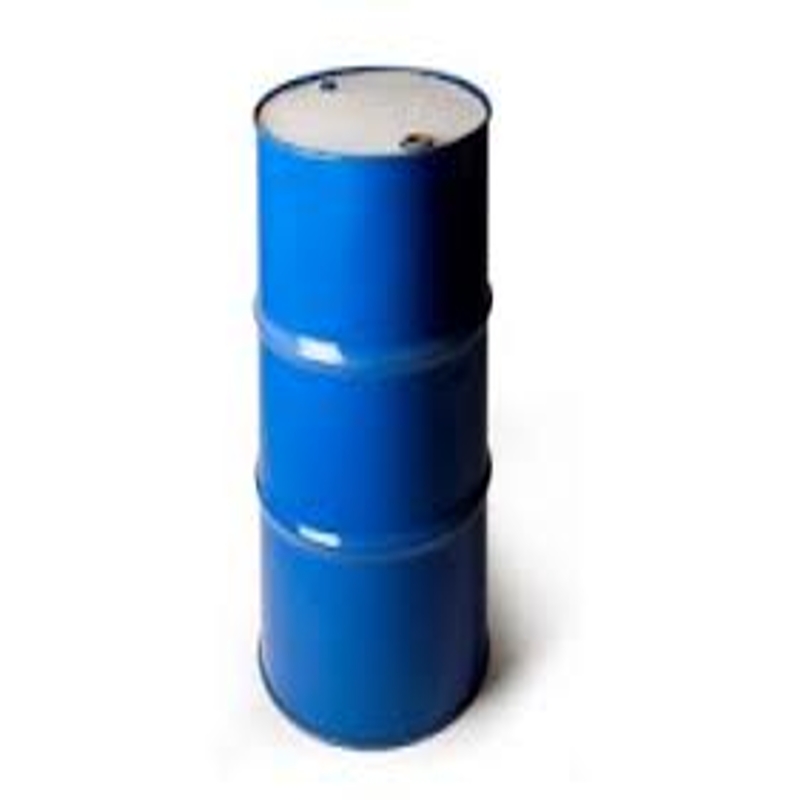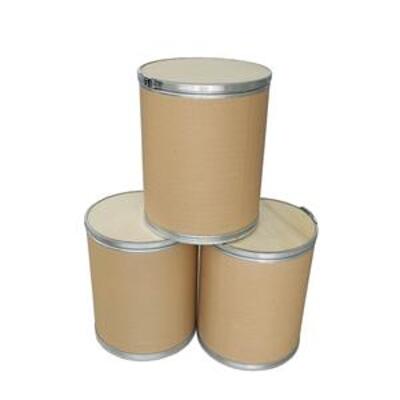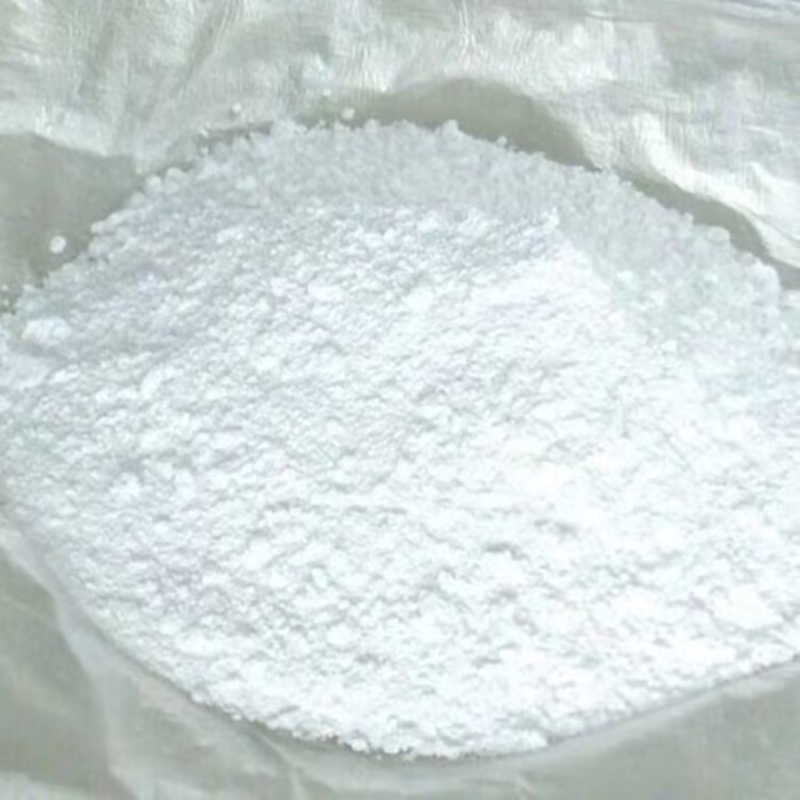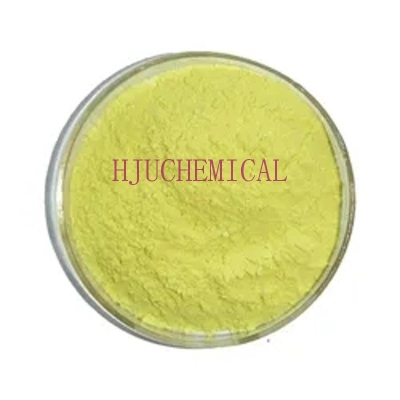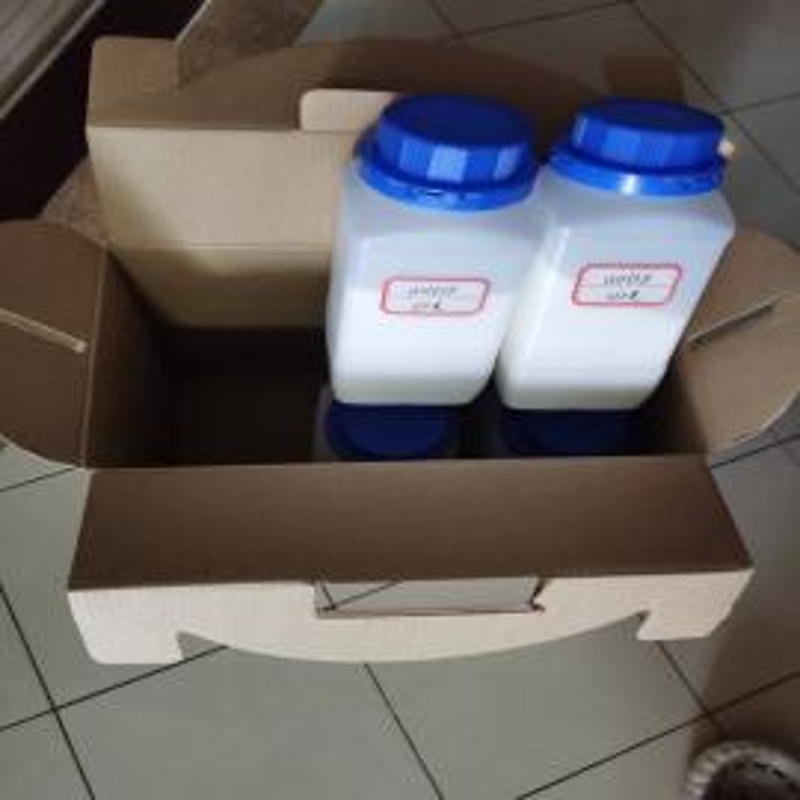Inorganic Chemistry
- • Elementary Substance (160)
- • Industrial Gases (16)
- • Inorganic Bases (53)
- • Inorganic Acid (52)
- • Inorganic Salts (1906)
- • Oxides and Peroxides (183)
- • Silica gel (5)
- • Non-metallic Minerals (14)
- • Coating Materials (24)
- • Phosphorus Compounds (50)
- • Iron Compounds (21)
- • Bromine Compounds (20)
Related News
Oxides and Peroxides
Get Oxides and Peroxides Raw Materials by RegionSulfur trioxide
(7446-11-9)-
Industrial Grade / 99%
-
Industrial Grade / 98%
-
Industrial Grade / 100%
-
![Sulfur Trioxide buy Sulfur Trioxide]()
Request for quotation , get quotes from more suppliers.
Cobalt oxide (Co3O4)
(1308-06-1)-
- / 99.00%
-
Industrial Grade / 99%
-
industrial grade / 72.5%
-
Industrial Grade / 99%
-
Pharmacy Grade / 99%
-
Industrial Grade / -
-
-
![Magnetite buy Magnetite]()
Request for quotation , get quotes from more suppliers.
-
Reagent Grade / 99%
$42-45/KG FOB
-
Industrial Grade / 99%
-
Pharmacy Grade / 99%
-
Chemical Grade / 99%
Request for quotation , get quotes from more suppliers.
Silver oxide (Ag2O)
(20667-12-3)-
Industrial Grade / 99%
-
Industrial Grade / 99%
-
industrial Grade / 98%
-
Pharmacy Grade / 99.5%
Request for quotation , get quotes from more suppliers.
Tantalum pentoxide
(1314-61-0)-
Industrial Grade / 99%
-
-
- / 99.00%
-
Request for quotation , get quotes from more suppliers.
-
Industrial Grade / 99%
-
Industrial Grade / 99%
-
![Antimony(V) oxide buy Antimony(V) oxide]()
Industrial Grade / 99.0%
-
![Diantimony pentoxide buy Diantimony pentoxide]()
Request for quotation , get quotes from more suppliers.
Holmium oxide
(39455-61-3)-
Industrial Grade / 99.9%
-
![Holmium oxide buy Holmium oxide]()
Industrial Grade / 99%
-
![Holmium Oxide buy Holmium Oxide]()
Different Grade / 99.9%
$0.1/KG EXW
-
![Holmium oxide buy Holmium oxide]()
Industrial Grade / 99.00%
Request for quotation , get quotes from more suppliers.
-
- / 99.00%
-
![Praseodymium Oxide buy Praseodymium Oxide]()
-
![Praseodymium oxide buy Praseodymium oxide]()
Industrial Grade / 99%
-
-
Food Grade / 98%
-
Industrial Grade / 99%
-
![Zirconium oxide buy Zirconium oxide]()
-
![oxygen(2-),zirconium(4+) buy oxygen(2-),zirconium(4+)]()
More Information
Oxides and peroxides are essential commodities in the chemical and industrial sectors owing to their characteristics and high reactivity. For instance, copper oxide and hydrogen peroxide are known to be used in oxidation reactions as well as in catalytic processes in industries.
The difference between oxide and peroxide is that oxides have one oxygen atom while peroxides have two oxygen atoms bonded to a metal or non-metal. Some examples are glucose oxide and peroxide which are useful in biosynthesis in, the food and medicine industry.
Applications of oxides and peroxides include:
● Catalysts in the synthesis of chemicals
● Energy storage in batteries
● Biochemical reactions and enzyme biosynthesis
● Sanitizing agents and detergents
● Semiconductor and electronics manufacturing
● Food production and medicine production industries










